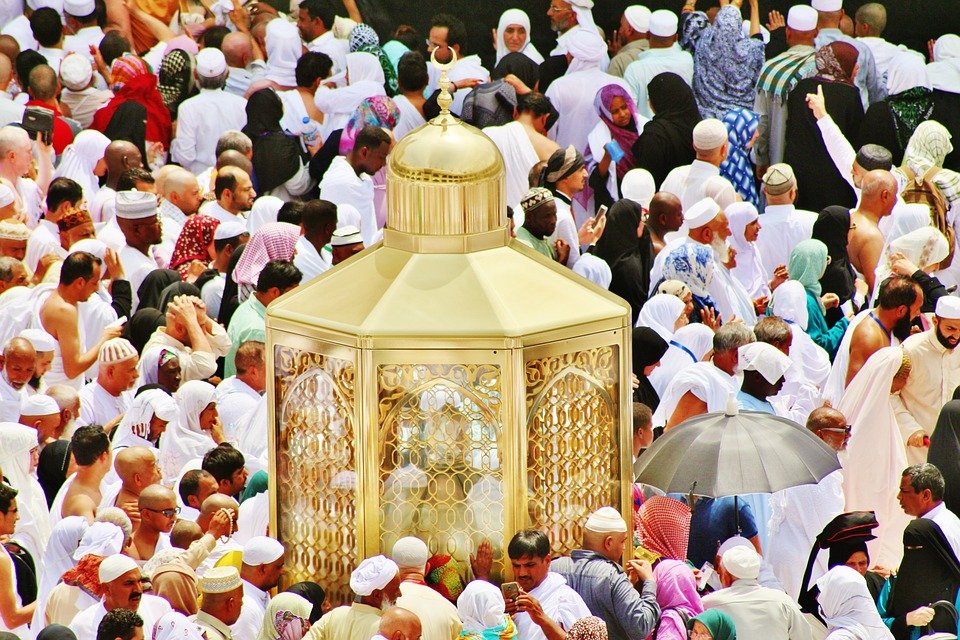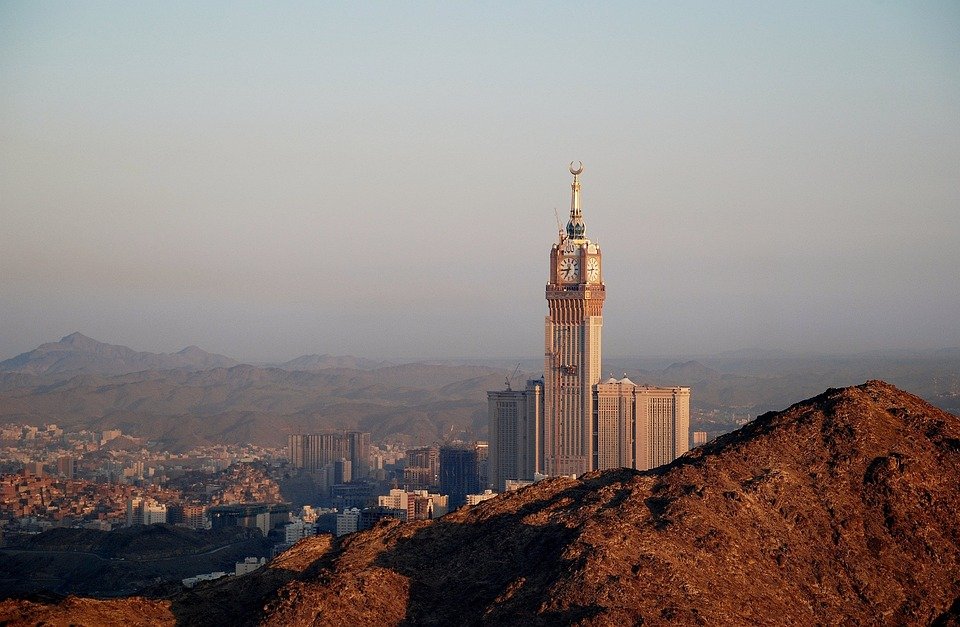You are here to read: Who Performed First Hajj on Earth: Historical Insights & Impact – A Thoughtfully Written Guide Offering Spiritual Wisdom and Travel Advice for Every Pilgrim who is going on holy journey of Hajj or Umrah.
In this article about “who performed first hajj on earth,” I will guide you through the historical significance of the very first pilgrimage in Islamic tradition. I think it’s important to explore the story of this monumental event, as it lays the foundation for millions of Muslims who partake in Hajj each year. By understanding who first performed Hajj on earth, we gain insight into the rituals and practices that define this sacred journey. I promise you will find a comprehensive guide that sheds light on this essential topic and its relevance in the modern world.
The importance of knowing who performed the first Hajj on earth extends beyond historical facts; it shapes our understanding of devotion and spirituality in Islam. In my opinion, this knowledge helps us appreciate the significance of the rituals we practice today. With our nine years of experience in the field of Umrah and Makkah travel since 2016, we at Airlinkhajjandumrah.com possess the expertise to illuminate the historical insights and impact surrounding this monumental event. By engaging with this rich history, we connect with the values and traditions that continue to inspire people across the globe.
Who Performed First Hajj on Earth: Historical Insights & Impact
A Glimpse into History
Hajj, a sacred pilgrimage for Muslims, holds deep significance. Each year, millions travel to the holy city of Mecca, seeking to fulfill this important obligation. But have you ever wondered who was the very first person to perform Hajj? Understanding this not only brings history to life but also enriches our perspective on faith and devotion. I think it helps to link our present practices with stories from the past.
The historical roots of Hajj trace back to the time of Prophet Ibrahim (Abraham). He is considered a pivotal figure in monotheistic faiths. According to Islamic teachings, Ibrahim and his son Isma’il (Ishmael) were instructed by God to build the Kaaba, a cube-shaped structure in Mecca. This monumental act was essential, marking the Kaaba as a sacred space for worship. In my opinion, this story illustrates deep obedience and a commitment to faith that resonates through generations.
Ibrahim and the Kaaba: A Sacred Bond
Ibrahim’s relationship with God showcases a profound dedication to faith. After receiving divine commands, he built the Kaaba with his son Isma’il. This sacred structure stands as a focal point for Muslim prayers, connecting millions around the globe. The act of constructing the Kaaba serves not just as a physical endeavor but also as an expression of spiritual devotion. I feel that this bond between father and son highlights the importance of family in the practice of faith.
The Kaaba symbolizes more than just a building; it is a representation of unity among believers. Whenever Muslims perform their daily prayers, they face this sacred site, feeling part of something larger than themselves. Since its inception, the Kaaba has attracted worshippers who gather to express their love and reverence for the divine. In my opinion, this unity encapsulates the essence of Hajj and illustrates how deeply Ibrahim’s actions reverberate today.
The Meaning of Hajj: More Than a Physical Act
Hajj is not merely a journey to Mecca; it is a spiritual quest that encourages personal growth. Each ritual performed during Hajj has a specific purpose, teaching lessons of humility, gratitude, and perseverance. From standing at Arafat to the symbolic stoning of the devil, each element serves to remind us of our commitment to faith and community.
You're at the middle of this awesome post at AirlinkHajjandUmrah.com through: Who Performed First Hajj on Earth: Historical Insights & Impact. Keep reading, it gets better!
When I think about the rituals, I see them as opportunities for reflection. For example, the ritual of Tawaf, which involves circumambulating the Kaaba, is a chance for believers to express their devotion. In this act, we circle around the essence of our faith, reaffirming our dedication. I feel that such practices help us appreciate the blessings in our lives.
Historical Impact of Hajj on Society
The historical performance of Hajj by Ibrahim laid the groundwork for communal worship among Muslims. His actions fostered a sense of identity and belonging. People started to gather in Mecca not just for a pilgrimage, but to celebrate their faith and share their stories. The impact of this initial act can still be observed today, as millions converge annually, bound by their spiritual aspirations.
This gathering during Hajj transcends borders and cultures. In my opinion, it symbolizes unity among Muslims worldwide, serving as a reminder that all believers share a common heritage. Each person brings their unique story and walk of life, contributing to the rich tapestry of the pilgrimage experience. This collective participation creates an atmosphere of joy and fellowship.
Lessons from the First Hajj
Learning about the origins of Hajj inspires us to understand its significance deeply. Each year, the pilgrimage invites individuals to reflect on Ibrahim’s unwavering faith. His readiness to follow divine guidance teaches us about trust and submission. I believe these lessons extend beyond religious significance, encouraging all of us to lead lives of integrity and conviction.
As we engage in our spiritual lives, it becomes essential to remember the essence of Hajj. I feel that by practicing the values embodied in Ibrahim’s story, such as compassion and determination, we can make meaningful contributions to society. The teachings we inherit from this historical context guide us in becoming better individuals in our daily lives.
Modern Observations of Hajj
Today, Hajj remains a profound experience, echoing the actions of its earliest participants. Pilgrims come together from every corner of the globe, sharing a bond that transcends language and culture. The dynamics of this pilgrimage have evolved, but the core essence remains untouched—an expression of faith and unity.
In my view, this modern manifestation of Hajj highlights its enduring significance. It showcases the power of collective faith and compassion, encouraging individuals to seek connections. As we witness people gathering for this pilgrimage, it becomes clear that the spirit of Ibrahim continues to inspire hope and devotion.
Conclusion: Reflecting on Historical Legacy
Understanding who performed the first Hajj gives us insight into the historical legacy of this sacred act. The story of Ibrahim invites us to appreciate our faith and practice it with sincerity. I think reflecting on this journey helps us realize the importance of community and individual growth. The lessons learned from the past are not just historical tales; they are guideposts for our present and future.
As Hajj continues to thrive, its impact grows stronger. Each step taken during this pilgrimage represents centuries of devotion and belief. In my opinion, this connection to our history not only enriches our spirituality but also reinforces our commitment to building a compassionate and united world.
That wraps up Who Performed First Hajj on Earth: Historical Insights & Impact. Thanks for sticking with us till here! Share this: Who Performed First Hajj on Earth: Historical Insights & Impact with your friends.
Check our homepage at Air Link Hajj & Umrah for more awesome updates.
Some interesting posts are: 1: Umrah Mubarak, 2: When is Umrah closed 2026?, 3: When does Umrah start after Hajj 2026?
Mushu, an experienced Saudi Arabia traveler and writer, shares insightful tips and spiritual reflections to enhance Hajj and Umrah journeys for fellow pilgrims. He has been to Makkah and Madina from 2016 to 2023 many times and his posts will reflect this.






